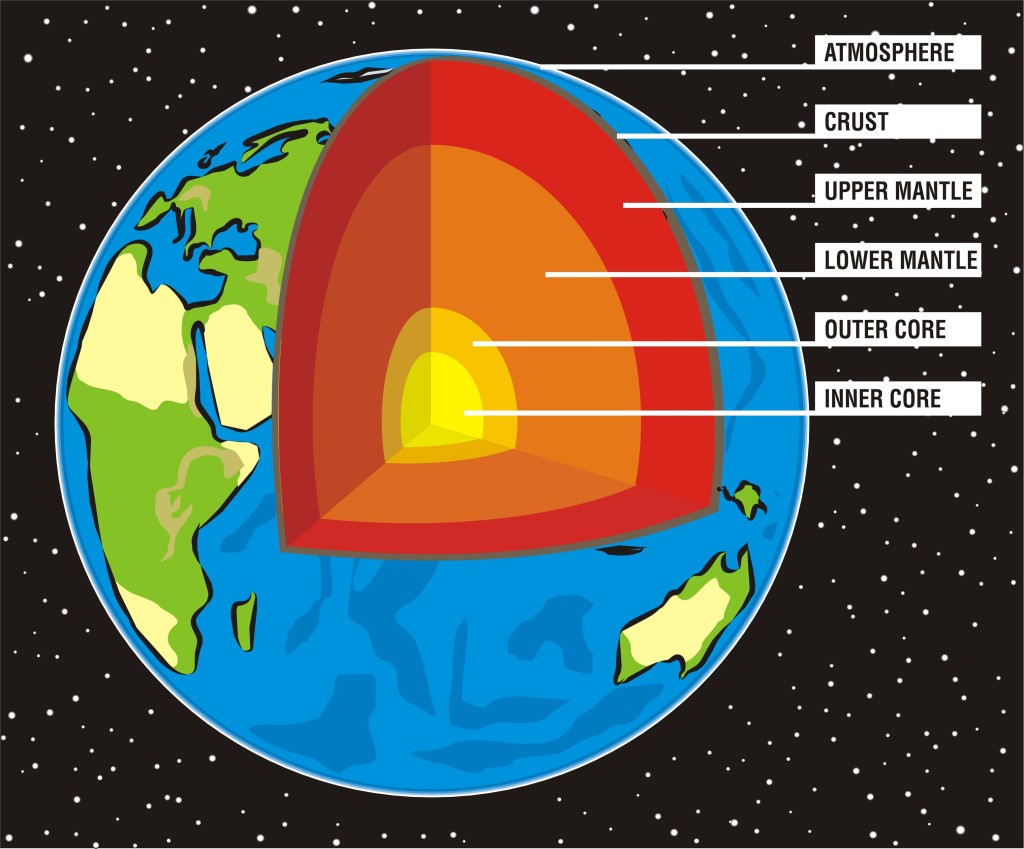Continents float on a massive ocean of magma and lava is what we observe when it reaches to the surface. The first technical description of lava flow comes from the Greek geographer Strabo in his book. He describes the Katakekaumene, which means the “burnt country” referring to a region of around 1,800 km2 in western Anatolia. The region harbors a dormant volcanic belt within the town of Kula which has been declared as a UNESCO World Heritage Site. The volcanism ended about 12,000 years ago. Black volcanic cones, rugged basalt plateaus, and canyons flanked by basalt columns form the unique features of this area.
“After this region one comes to the Catacecaumene country, as it is called, which has a length of five hundred stadia and a breadth of four hundred, whether it should be called Mysia or Meïonia (for both names are used); the whole of it is without trees except the vine that produces the Catacecaumenite wine, which in quality is inferior to none of the notable wines. The surface of the plains are covered with ashes, and the mountainous and rocky country is black, as though from conflagration. Now some conjecture that this resulted from thunderbolts and from fiery subterranean outbursts, and they do not hesitate to lay there the scene of the mythical story of Typhon; and Xanthus adds that a certain Arimus was king of this region; but it is not reasonable to suppose that all that country was burnt all at once by reason of such disturbances, but rather by reason of an earth-born fire, the sources of which have now been exhausted. Three pits are to be seen there, which are called “bellows,” and they are about forty stadia distant from each other. About them lie rugged hills, which are reasonably supposed to have been heaped up by the hot masses blown forth from the earth. That such soil should be well adapted to the vine one might assume from the land of Catana, which was heaped with ashes and now produces excellent wine in great plenty. Some writers, judging from places like this, wittily remark that there is good reason for calling Dionysus “Pyrigenes.” — Strabo’s Geography Book XIII Chapter 4
Centuries later Charles Lyell provided the first scientific principles of geology. Despite the fact that we now know about plate tectonics and continental movements, our knowledge about the Earth’s mantle is rather limited. How plate techtonics started is another curious question. Granite formation is necessary for continent formation. Granite form by diffusion of water deep into the Earth’s crust. A distinguishing geochemical characteristic of Earth’s crust compared to other terrestrial bodies in the solar system is that Earth’s continental crust contains less magnesium. Decrease in magnesium content is correlated with granite formation. Based on magnesium levels researchers have calculated that plate tectonics could have started at around 3 billion years ago.
The mantle is the largest bulk of our planet. The continental crust we live on is very thin in comparison and makes up about one percent of Earth’s volume. The inner and outer core occupies only 15 percent of the planet’s volume. It is made up of solid and liquid masses that are largely made of iron, nickel and other dense elements. The mantle, which lies between the outer core and the crust, makes up an estimated 68 percent of the planet’s mass and a whopping 85 percent of its volume.
There are two ways to study lava coming out of the Earth’s mantle. One can go and try to sample from active volcanoes such as the Kīlauea Volcano in Hawaiʻi or a boiling lava lake on Ambrym Island in Vanuatu. However once lava reaches into the surface it looses a lot of its chemical properties that it had in the mantle.
Since 1960s there have been many attempts to drill into the mantle in order to capture the pristine state of molten rocks. This is no easy feat because of the remoteness and most important of all unpredictability of the volcanos.
On the other hand understanding the physical behavior of lava is crucial. That is exactly what The Lava Project of Syracuse University is aiming to do.
NPR’s Skunk Bear takes a trip to New York to get an in depth look at the Syracuse University Lava Project. This experiment explains how scientists can simulate and learn from molten rock.



1 Comment